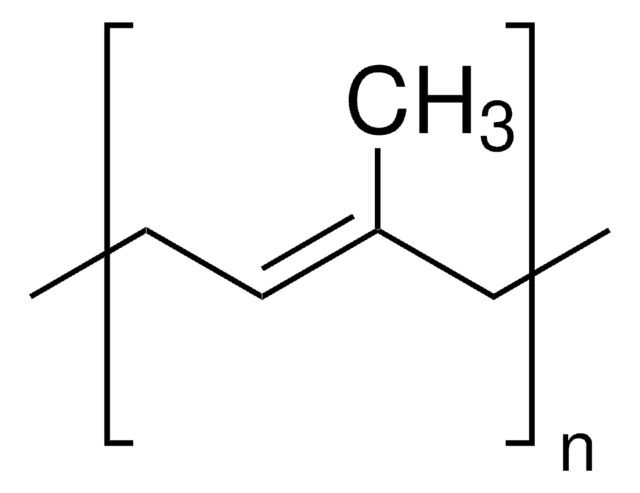647101
Silicon
wafer (single side polished), <111>, N-type, contains no dopant, diam. × thickness 2 in. × 0.5 mm
Synonym(s):
Silicon element
About This Item
form
crystalline (cubic (a = 5.4037))
wafer (single side polished)
does not contain
dopant
diam. × thickness
2 in. × 0.5 mm
bp
2355 °C (lit.)
mp
1410 °C (lit.)
density
2.33 g/mL at 25 °C (lit.)
semiconductor properties
<111>, N-type
SMILES string
[Si]
InChI
1S/Si
InChI key
XUIMIQQOPSSXEZ-UHFFFAOYSA-N
Looking for similar products? Visit Product Comparison Guide
Related Categories
Application
- Silicon Photonics and Electronics: Discusses the integration of silicon photonics with electronics, relevant for developing high-performance computational devices, pertinent to material science and high-performance computing research (C Xiang et al., 2021).
- Silicon Silicon pi Single Bond: Details the structural chemistry of silicon and its implications in molecular and material sciences, useful for chemists interested in silicon′s applications in nanotechnology and materials science (S Kyushin et al., 2020).
Physical properties
Storage Class Code
13 - Non Combustible Solids
WGK
nwg
Flash Point(F)
Not applicable
Flash Point(C)
Not applicable
Personal Protective Equipment
Certificates of Analysis (COA)
Search for Certificates of Analysis (COA) by entering the products Lot/Batch Number. Lot and Batch Numbers can be found on a product’s label following the words ‘Lot’ or ‘Batch’.
Already Own This Product?
Find documentation for the products that you have recently purchased in the Document Library.
Customers Also Viewed
Articles
This article briefly reviews the methods and mechanisms for the formation of molecular monolayers on silicon surfaces, the properties of these monolayers and current perspectives regarding their application in molecular electronic and sensing applications.
Since the demonstration of the first practical solar cell 60 years ago, research on novel materials, improved solar cell design and structure, and innovative manufacturing processes have all contributed to a continuous increase in the efficiency of photovoltaic (PV) devices.
A hard disk drive (HDD) is a data storage device that stores digital information by magnetizing nanosized magnets on flat disks and retrieves data by sensing the resulting magnetic field.
Building and Engineering Micro/Nano Architectures of Single-Walled Carbon Nanotubes for Electronic Applications
Protocols
Negative Photoresist Procedure
Our team of scientists has experience in all areas of research including Life Science, Material Science, Chemical Synthesis, Chromatography, Analytical and many others.
Contact Technical Service




